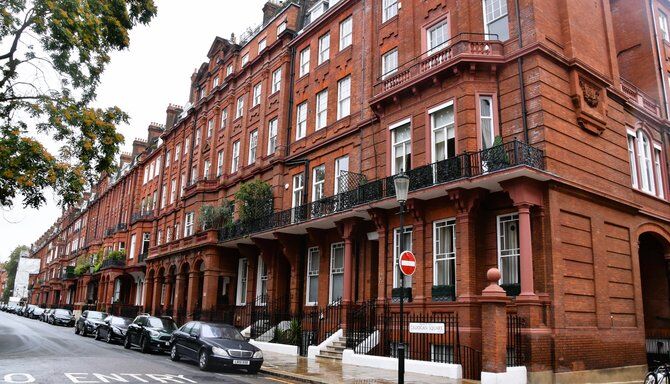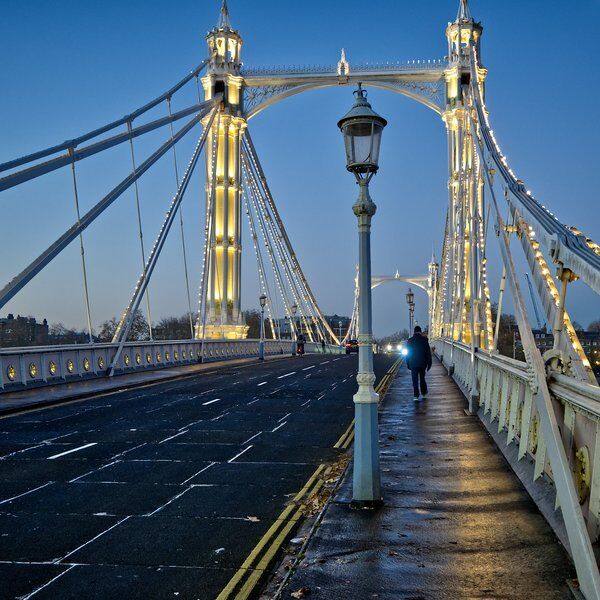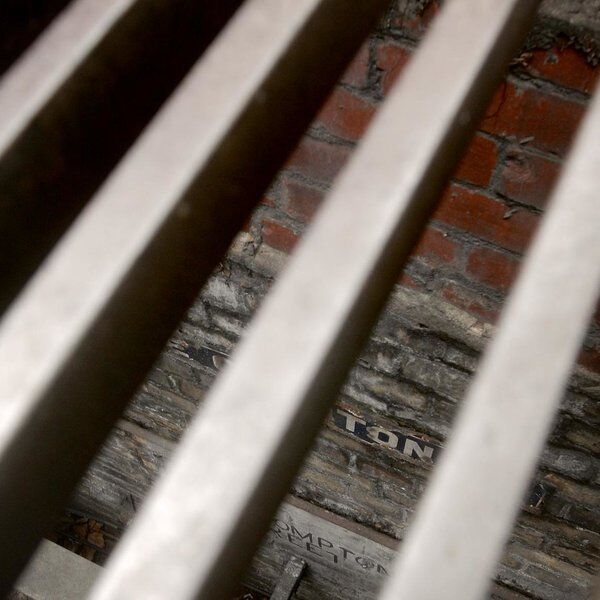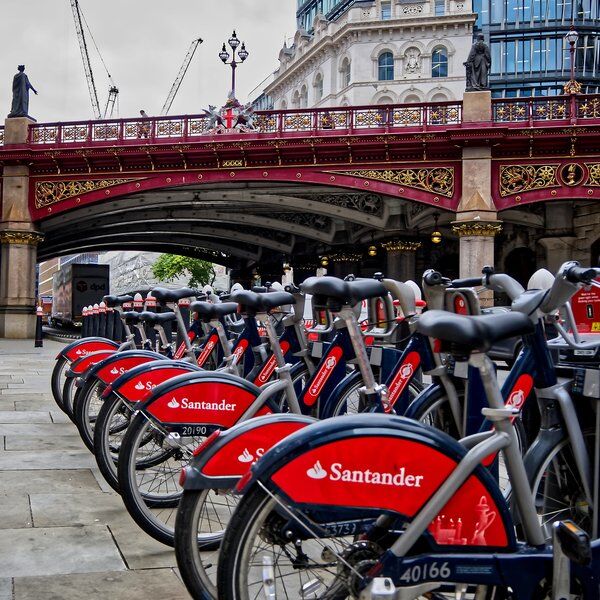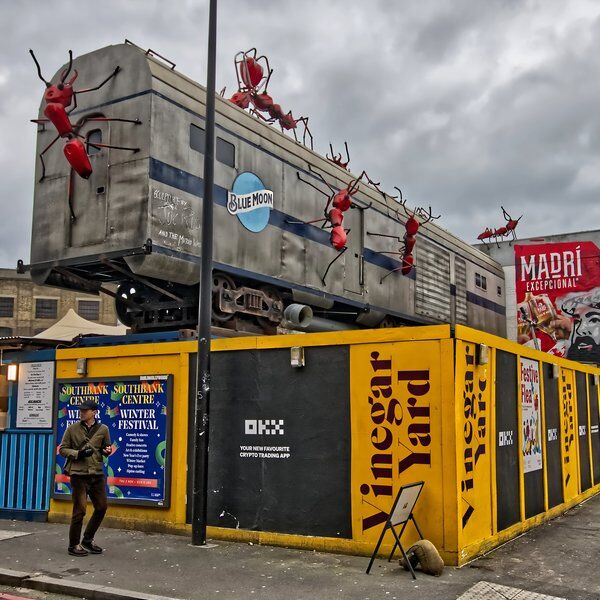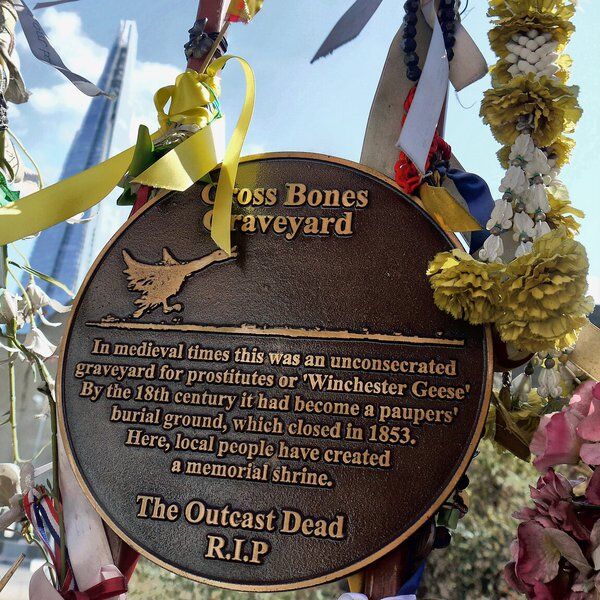Cadogan Square is one of the most expensive addresses in the UK, but it’s also got a rich history…
If you find yourself wandering aimlessly around Cadogan Square, just be aware that you’re in some seriously swanky company. But that’s not the only thing it has going for it.
Known for its striking red-brick mansions, leafy private garden and enduring sense of elegance, the square has long been regarded as one of the capital’s most desirable addresses. But behind its immaculate facades lies a rich story of urban development, aristocratic influence and changing social landscapes.
Come with us as we explore the history of Cadogan Square, a story that involves everything from cricket to legendary war reporters.
Who Is Cadogan Square Named After?
First things first, let’s clear one thing up: it’s no accident that the name Cadogan can be followed all over the SW3 area. In fact, a quick glance at the surrounding area of Cadogan Square shows plenty of familiar eponymous buildings, including Cadogan Hall, Cadogan Street and even a pub.
That’s because these buildings are located on the Cadogan Estate, a 93-acre plot in Chelsea that includes Sloane Street and Duke of York Square. Beyond these exclusive buildings, the estate is estimated to also include 3,000 flats, 200 houses, and 300 shops.
But how did the name “Cadogan” come to be associated with this exclusive enclave?
Its origins lie with the Cadogan family, one of Britain’s most influential aristocratic landowning dynasties. Their connection to Chelsea dates back to the early 18th century, when Sir Hans Sloane (yep, you’ve probably heard of him!), the celebrated physician, naturalist and collector, purchased the Manor of Chelsea in 1712.
In the mid-18th century, Sloane’s daughter Elizabeth married Charles Cadogan, later the 1st Earl Cadogan, a union that brought vast swathes of Chelsea and Knightsbridge into the family’s ownership.
Over the following centuries, the Cadogan Estate evolved into one of London’s most significant urban landholdings. As the city expanded during the Georgian and Victorian eras, the family oversaw a series of ambitious development programmes that transformed what had once been semi-rural land into a highly structured (and fashionable) part of the capital.
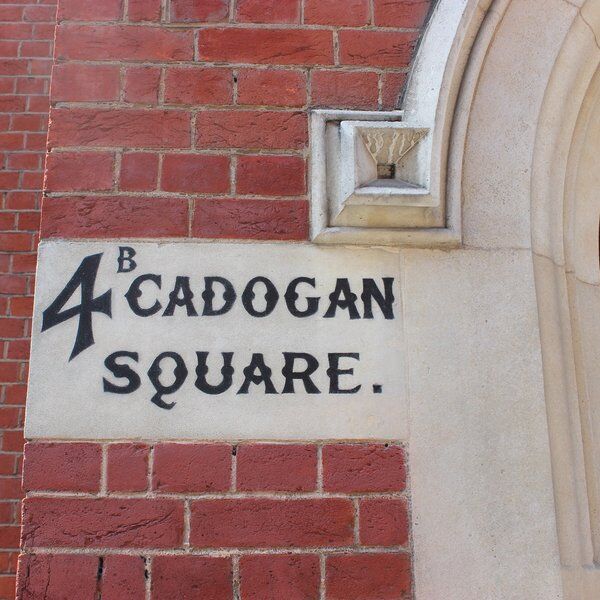
From Semi-Rural Land to Elite Address: Cadogan Square Blossoms
By the late 19th century, this strategy culminated in the creation of Cadogan Square, part of a wider push to modernise Chelsea with grand residential streets and garden squares. The Estate’s planners and architects embraced the Queen Anne Revival style, giving the area its distinctive character we see today: tall red-brick townhouses, decorative gables, and intricately detailed façades.
And if you’re wondering just how rural the land was before Cadogan Square was built, an article written by Lord Lurgan from the London Evening News in 1927 actually tells us:
“We don’t realise how much London has grown,” went on Lord Lurgan, “When I was in the Irish Guards—l joined in 1877—our cricket ground was where Cadogan Square now is. If you hit the ball out of the ground on the left—l can’t say I often did that—the ball landed in a field.” He mentioned that the rent-roll from that piece of property increased in a few years from £25.000 to £96.000 a year.”
It’s impossible to imagine now, given how built up it is, but there you have it: Cadogan Square was once a cricket ground.
Notable Residents of Cadogan Square
It almost goes without saying that living in one of the most expensive pockets of the United Kingdom comes with certain benefits, one of them being the sheer amount of historical figures that have been linked to the area.
Here are just a few of the notable residents of Cadogan Square, and don’t skip past the names you don’t recognise: these are some truly fascinating figures.
Lord Alfred Douglas: Known as “Bosie”, he was a late 19th century writer and poet, but perhaps most notable these days for being the lover of Oscar Wilde. He spent his childhood at No. 18 Cadogan Place, and was even with Wilde at the Cadogan Hotel on Sloane Street before Wilde’s arrest on charges of “gross indecency”.
William Wilberforce: The leading abolitionist and politician resided at No. 44 Cadogan Place for the last ten days of his life, where he died in 1833, just three days before the Slavery Abolition Act was passed. His home is marked with a commemorative blue plaque.
Harold Macmillan: The UK Prime Minister (1957–1963) was born and lived as a child at No. 52 Cadogan Place.
Dorothea Jordan: An underrated historical figure, “ Dorothy Bland” (aka Dorothea Jordan) was an actress and courtesan, and the mistress of King William IV.
They had a relationship for 20 years and had ten children together, all given the surname FitzClarence. After they separated, Dorothy moved to Cadogan Place before fleeing to France where she, sadly, died alone and in poverty. However, William did commission a statue in her memory which is still on display at Buckingham Palace.
Martha Gellhorn: A groundbreaking writer who sent ripples through the journalism industry with her coverage of the Spanish Civil War and Second World War lived here for 28 years until her death in 1998. She is honoured with a blue plaque.
Visiting Cadogan Square
Bad news if you’re hoping to get into the gorgeous, verdant looking garden in the middle of Cadogan Square: it’s reserved exclusively for residents.
However, you are welcome to stroll around and enjoy the striking Victorian architecture and take in the quiet, elegant atmosphere from the surrounding streets.

How to Visit or View Cadogan Square
- Public access: The garden itself is not open to the public, but the square can be freely walked around. Photographers and architecture enthusiasts often visit to admire the buildings from the perimeter, but remember to be respectful.
- Best viewing points: The northern and eastern sides offer particularly clear views of the square’s architectural rhythm and symmetrical layout.
- Respecting residential privacy: As Cadogan Square is a private neighbourhood, visitors should be mindful of noise and photography near entrances. As pretty as these houses are, nobody wants to open their front door to a selfie taker!
Nearby Landmarks Worth Visiting
Cadogan Square sits at the meeting point of Knightsbridge and Chelsea, so if you do decide to visit, there’s plenty else to keep you occupied nearby:
- Sloane Square: A vibrant hub connecting to the King’s Road, the Royal Court Theatre, and the luxury boutiques of Sloane Street.
- Harrods: One of London’s most iconic department stores, located just north in Knightsbridge.
- The Saatchi Gallery: A contemporary art institution in nearby Duke of York Square.
- King’s Road: A historic fashion street lined with cafés, designer shops and galleries.
- Belgravia: A neighbouring district known for its grand terraces and embassies.
These landmarks make Cadogan Square part of a culturally rich and walkable area that blends heritage with modern luxury.
Find More Things to Do in London with CityDays

Whatever your interests are, there’s always something new for you to discover in London.
In fact, you don’t have to go out of your way at all to find them - you just have to know where to look.
Discover London’s secret sights and noteworthy nooks by playing one of our London treasure and scavenger hunts, food experiences, escape room games or walking tours.
Looking to provide the best team building activities in London? Look no further.
You’ll find curated trails and hunts all over London, including Central London, Mayfair, Shoreditch, Kensington and Southwark.
All you have to do is team up with your partner, friends, family or whoever to solve riddles, complete challenges and answer trivia to lead you on an unforgettable journey around London’s most intriguing streets.
